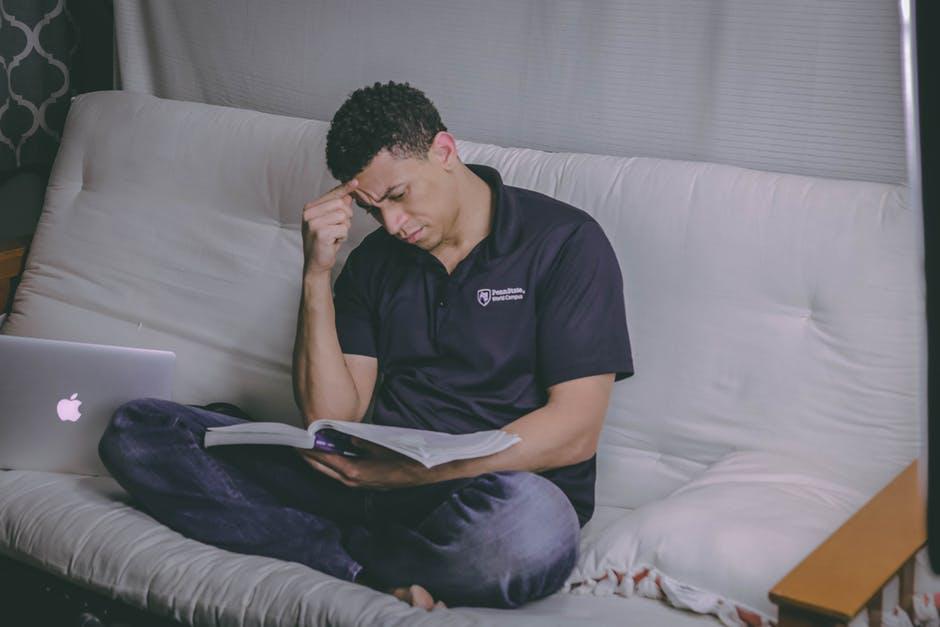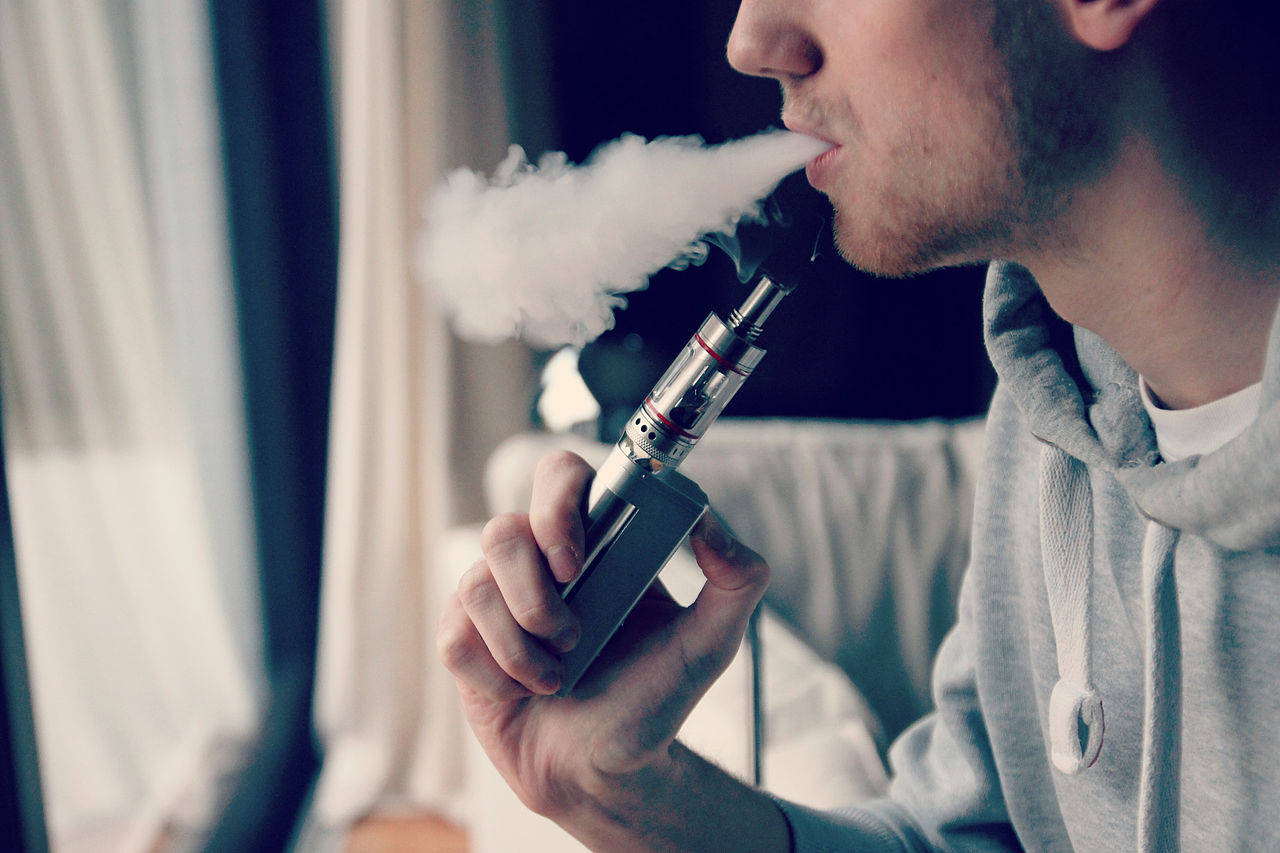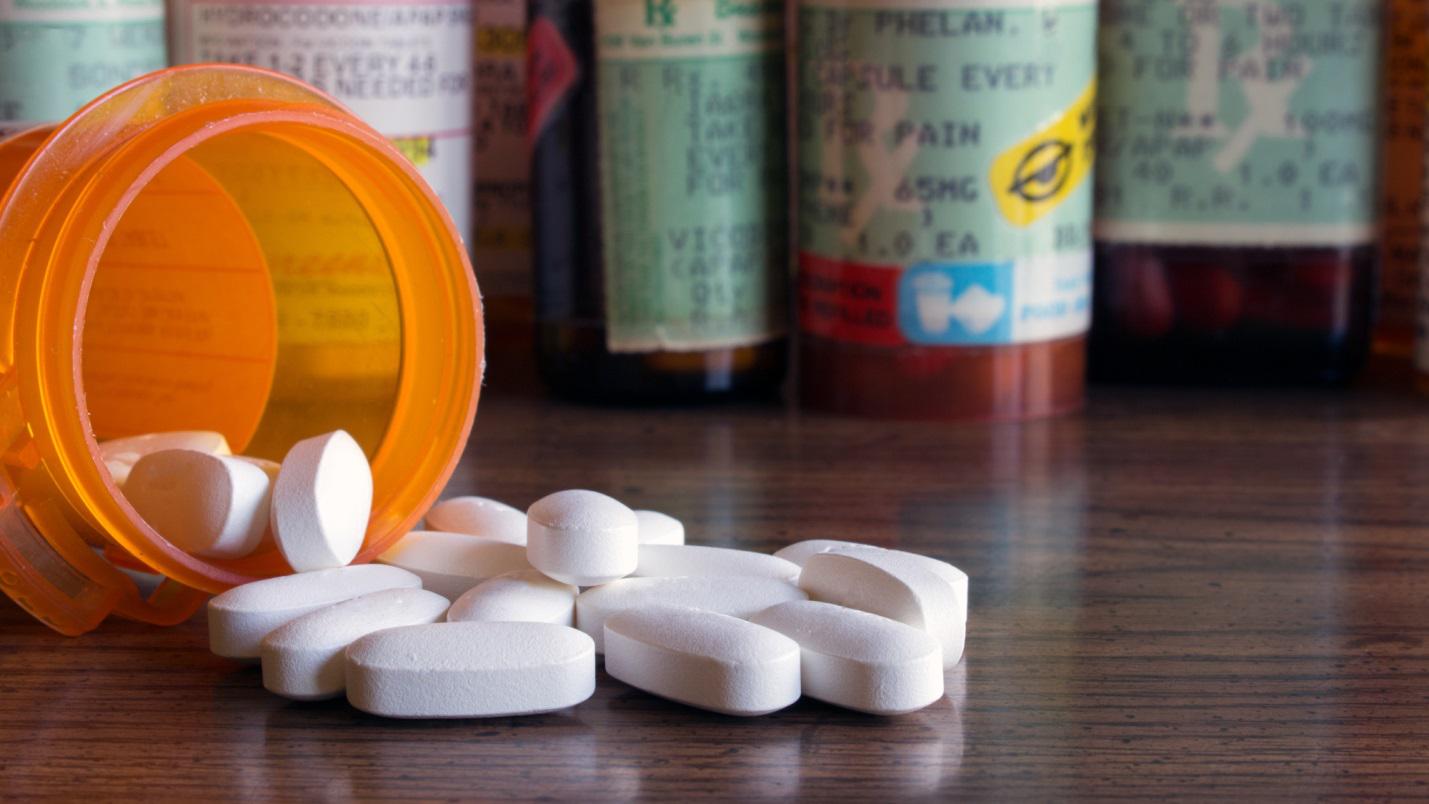
Luvox contains an active substance called Fluvoxamine and belongs to the selective serotonin reuptake inhibitors. The mechanism of action of the drug is thought to be directly related to the inhibition of serotonin reuptake, while the effect on noradrenergic processes is minimal.
Studies of the Luvox affinity for other receptors have shown that the affinity for adrenergic (alpha and beta), histamine, dopamine, and muscarinic receptors is negligible.
Luvox is fully absorbed after oral administration, and maximum blood concentrations are reached after 3 to 8 hours. It bindsto plasma proteins in high level (80%).
The most important enzyme involved in the Luvox metabolism is CYP2D6. The drugis converted into 9 different metabolites through the process of oxidative demethylation. All metabolites of Fluvoxamine are excreted via the urine.
Elimination half-life of Luvox ranges from 13 to 22 hours, which means that this medicine remains in the blood for up to 44 hours after the last pill is taken.
Indications
Luvox is used to treat major depressive episodes and obsessive-compulsive disorders (OCD). The FDA has approved the use of this drug only for the treatment of OCD, but in many countries Fluvoxamine is also used to treat major depressive episodes.It can bought from Meds4sure: AntiDepressants Prozac Lexapro Zoloft Cymbalta Celexa Paxil Celexa Luvox Fluvoxamine – the best and trusted online pharmacy.
Obsessive-compulsive disorder is characterized by unpleasant and disturbing ideas and behaviors that are constantly repeated and which an individual must do in order to feel relief (for example, a person thinks he/she has to wash hands five times in a row otherwise something terrible will happen, for example, he/she will die from infection).
The efficacy of Luvox in the treatment of OCD was demonstrated in three clinical studies (in one study Fluvoxamine was applied for 3 months, and in the other two studies for 10 weeks). These clinical studies have shown that Luvox causes a significant improvement in the symptoms of OCD.
Dosage
Luvox Fluvoxamine tablets should be swallowed whole, without chewing, with a full glass of water. It is best to apply the tablet in the evening, just before bedtime.
-
Major Depression
The recommended starting dose in the treatment of major depression is 50-100mg once daily in the evening. After 21-28 days from starting thetreatment, you must visityour doctor to determine whether this dose is sufficient or should be increased. The doctor may increase the dosage to 150mg twice daily, which is the maximum daily dose. However, higher doses mean a higher risk of side effects, and therefore a dose increase should be carefully considered. Depression treatment should last at least 6 months.
The efficacy and safety of Luvox in the treatment of depression in children belowage 18 have not been established yet, and therefore its use should be avoided in patients below age 18.
-
OCD
The recommended starting dose in the OCD therapy is 50mg once daily in the evening. The dose may be increased after 3-4 days but should not exceed 300mg daily. The dosage should be gradually increased until an appropriate therapeutic response is achieved. It has not been determined how long the therapy should last, but since OCD is a chronic disease, the treatment should be long-term as well.
Luvox can also be used for OCD treatment in children older than 8 years. The initial dose in patients aged 8-18 years is 25mg daily, before bedtime. The dosage may be increased by 25mg every 7 days until an adequate therapeutic response is achieved. The maximum dose for children is 200mg per day. If doses greater than 50mg daily are to be administered, then the dose should be divided into two doses.
Useful Peace of Advice
Abrupt discontinuation of therapy should be avoided as unbearable symptoms can occur. The dose must be gradually reduced before the drug is completely stopped.
The following symptoms may occur if treatment is abruptly stopped:
- Irritability
- Insomnia
- Abnormal dreams
- Confusion
- Headache
- Tremor
- Nausea
- Vomiting
- Emotional instability
- Visual disturbances
Warnings
Co-administration of Luvox with monoamine oxidase inhibitors (MAO inhibitors) is contraindicated because the concomitant administration increases the risk of serotonin syndrome.
The therapy with Luvox Fluvoxamine can begin two weeks after discontinuation of irreversible monoamino oxidase inhibitors (such as: Isocarboxazid, Selegiline, Rasagiline, Tranylcypromine, and Phenelzine) and the next day after discontinuation ofthese inhibitors (such as:Moclobemide, Linezolid, and Methylene blue).
In urgent cases, the simultaneous use of Luvox with Linezolid is possible if infection can endanger patient’s life.
At least one week should pass from the discontinuation of Fluvoxamine in order to start treatment with an MAO inhibitor.
The dose should be reduced in patients with liver or kidney damage.
Drug Interactions
There were reported as many as 250 major interactions of LuvoxFluvoxaminewith other drugs.
The simultaneous administration with the following medicines can lead to serious side effects (serotonin syndrome):
- 5-Hiroxriptriptan – a drug used to suppress appetite, as a sleeping aid and as an antidepressant.
- Dextromethorphan – an antitussive agent (cough remedy).
- Narcotic analgesics, such as Tramadol, Pentazocine, Oxycodone, Hydrocodone, Morphine, Hydromorphone, and Fentanyl.
- Tricyclic antidepressants, such as Doxepin, Imipramine, Clomipramine, Amitriptyline, Protryptiline, and Nortriptyline.
- Tetracyclic antidepressants, such asAmoxapine, Maprotiline and Mirtazapine.
- 5-HT3 antagonists – drugs used to prevent nausea in patients on chemotherapy, such as Palonosetron, Dolasetron, Granisetron, and Ondansetron.
- MAO inhibitors, such asTranylcipromine, Moclobemide, Linezolid, Selegiline, Rasagiline, and Isocarboxazid.
- Other drugs from the group of selective serotonin uptake inhibitors, such as Citalopram, Escitalopram, Fluoxetine, and Paroxetine.
Luvox should not be used at the same time with any of the following medicines:
- Aminophylline and Theophylline – drugs used to treat asthma. Luvox can increase the concentration of these drugs in the blood, which increases the risk of side effects, such as loss of appetite, tremor, confusion, insomnia, seizures, palpitations, and arrhythmias.
- Bupropion – a drug used to quit smoking. The simultaneous administration increases the risk of seizures.
- Newer antihistamines, such as Astemizole and Terfenadine. The simultaneous administration with these medicines increases the risk of heart arrhythmias.
- Cilostazol – a drug used to treat intermittent claudication. The simultaneous administration increases the risk of nausea, diarrhea, dizziness, and fainting.
- Cisapride – a drug used to treat digestive disorders. The simultaneous administration increases the risk of torsade de pointes (a very serious type of arrhythmia).
- Clopidogrel – a drug used to prevent heart attack and stroke. Luvox reduces the effectiveness of this medicine, which increases the risk of heart attack and stroke.
Side Effects
LuvoxFluvoxaminemay cause the following side effects:
- Hallucinations
- Confusion
- Extrapyramidal disorder
- Ataxia
- Suicidal ideas and behavior
- Anorexia
- Serotonin syndrome
- Mydriasis
- Glaucoma
- Psychomotor restlessness
- Rapid heart rate
- Arthralgia
- Myalgia
- Abnormal ejaculation
- Menstrual disorders
Consult your doctor immediately if you notice any of the mentioned adverse effects.








